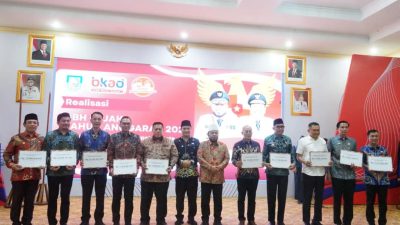
A program fails the EP measure if the median annual earnings of the students who completed the program are equal to or less than the earnings threshold. Institutions are required to report information for students who were enrolled at the end of the most recently-completed award year and for students who completed the program or withdrew during the standard or transitional periods. To the extent possible, the Department will use administrative data that has already been reported by institutions, such as enrollment reporting and federal loan information in the National Student Loan Data System (NSLDS) to calculate the D/E and EP measures. However, the Department needs additional student-specific information from institutions to calculate the D/E and EP measures and to calculate other information that the Department will disclose to students.
Will there be dedicated role types for FVT/GE administrators at our institution and, if so, who will assign them?

Your institution can then use our secure site to access and update financial transparency this list, as necessary — before we provide your updated list to NSLDS. This feature will ensure that your institution’s reporting is as up-to-date and accurate as possible. The Department currently does not maintain information about an individual’s receipt of FWS and these students therefore cannot be included on an institution’s completer’s lists.

FVT/GE Completers List Ad Hoc Report

The gainful employment rule was first released by the Obama administration in 2011 and formally adopted in 2014, and later rescinded under the Trump administration in 2019. If you are interested in learning more about this topic, we invite you to spend your Valentine’s Day lunch with members of our Title IV compliance team to learn about practical ways to prepare for the new Financial Value Transparency and Gainful Employment regulations. In April 2024, AIR surveyed members to better understand the resources and training needed to accomplish FVT/GE reporting. Nearly 100% of America’s colleges and millions of students rely on the National Student Clearinghouse every day. The acknowledgement requirements Insurance Accounting will become effective on July 1, 2026 after the Department has established the program information website. Make sure you visit the FVT/GE page on Compliance Central for convenient access to all our resources on signing up for, activating, and using our FVT/GE reporting solution.
Completer Lists
- The amount of debt at a given earnings level varies by credential level because of differences in the interest rates charged to undergraduate versus graduate borrowers and different periods used to calculate how long a borrower would take to pay down their loans.
- If the out-of-state student is given a discount but not being billed at in-state rates, continue to report the student as out-of-state.
- To be a Title IV-eligible program, an ESL or ESOL program must lead to a certificate or other credential awarded by the institution.
- The Department will apply the appropriate exclusions for students when calculating the D/E and EP measures.
- Schools that choose transitional reporting will use that reporting method for the first six years that the regulations are in effect.
- If a student is not enrolled at the institution for the entire year, the institution should prorate their allowance for books, supplies, and equipment to account for the period during which the student was enrolled.
In this situation, the school would also reduce the amount it reports for total tuition and fees paid for the student by $500, the amount of the tuition refund. Therefore, in addition to institutional loans and other forms of institutional financing, institutional debt also includes debt arising from any other outstanding obligations the student owes at the time the student withdraws from or completes the FVT/GE program. Examples of these other financial obligations include library fees, graduation or withdrawal fees, laboratory fees, etc. If there are fewer than 30 completers in the 2-year cohort period for a GE or Eligible Non-GE bookkeeping Program, the Department will look at the 4-year cohort period to calculate the Debt-to-Earnings (D/E) or Earnings Premium (EP) rates. If there are fewer than 30 completers in the 4-year period, neither of those rates will be calculated for the program. Note that although these legacy liberal arts bachelor’s degree programs are not GE programs, all such programs (except for Comprehensive Transition and Postsecondary Programs) are subject to reporting and other requirements under the FVT regulations.

Effective July 1, 2024, institutions of higher education participating in Title IV Federal Student Aid programs must comply with the U.S. Department of Education’s (Department) Financial Value Transparency and Gainful Employment regulation (Final Rule). After receiving your required financial aid data, the Clearinghouse will make sure all data fields adhere to NSLDS definitions and standards. We’ll also ensure that your data passes a robust series of validations to reduce the risk of NSLDS’ rejecting records, which would require more work by your institution. Schools should report all non-Title IV education loans, including state loans and federal loans such as Nursing Student Loans, under “Private Loans Amount” for the AA Detail Record or “Total Private Education Loans for Student’s Entire Enrollment in the Program” for the TA Detail Record. If at least one of the eligible programs within a GE or Eligible Non-GE Program is not programmatically accredited, you should report “No” for the Programmatically Accredited Indicator for that program.











